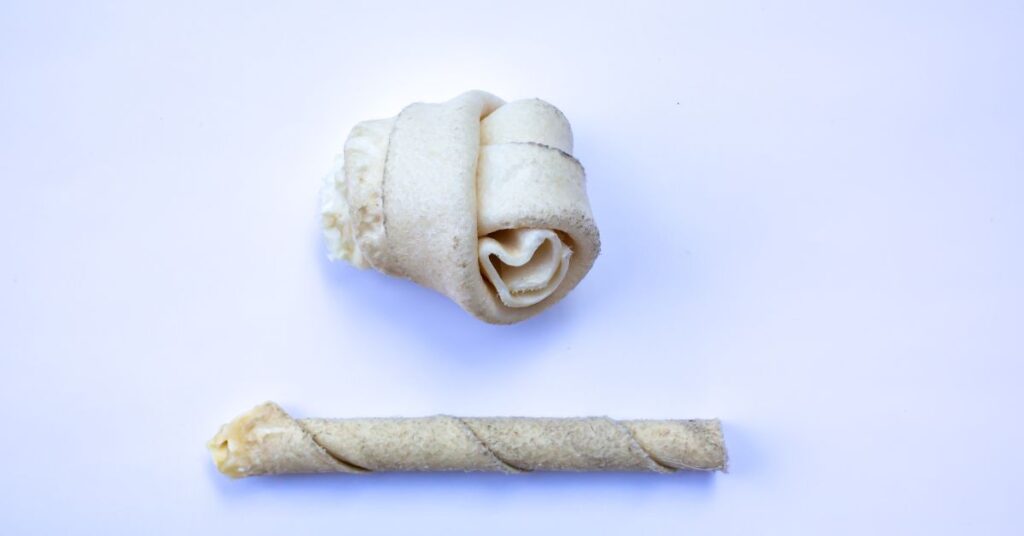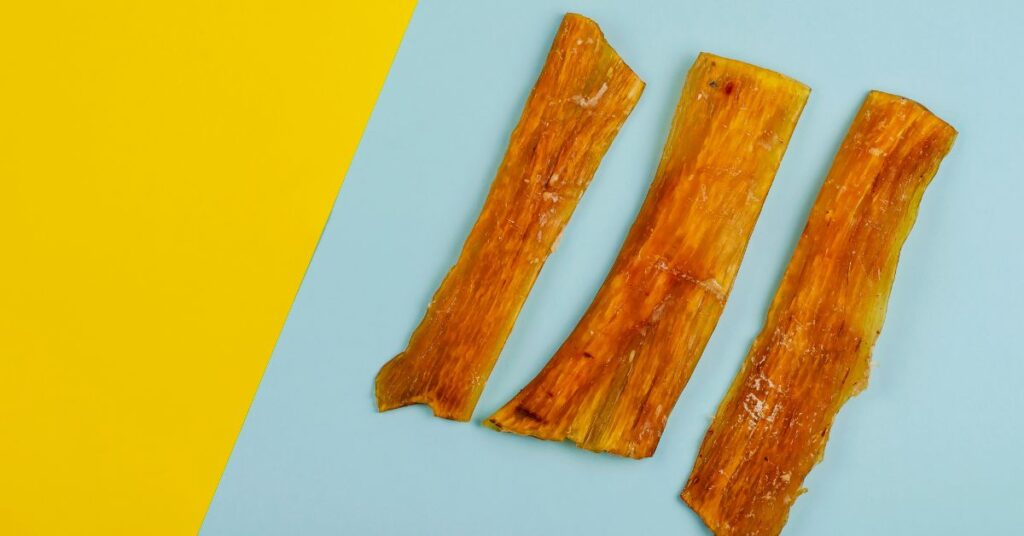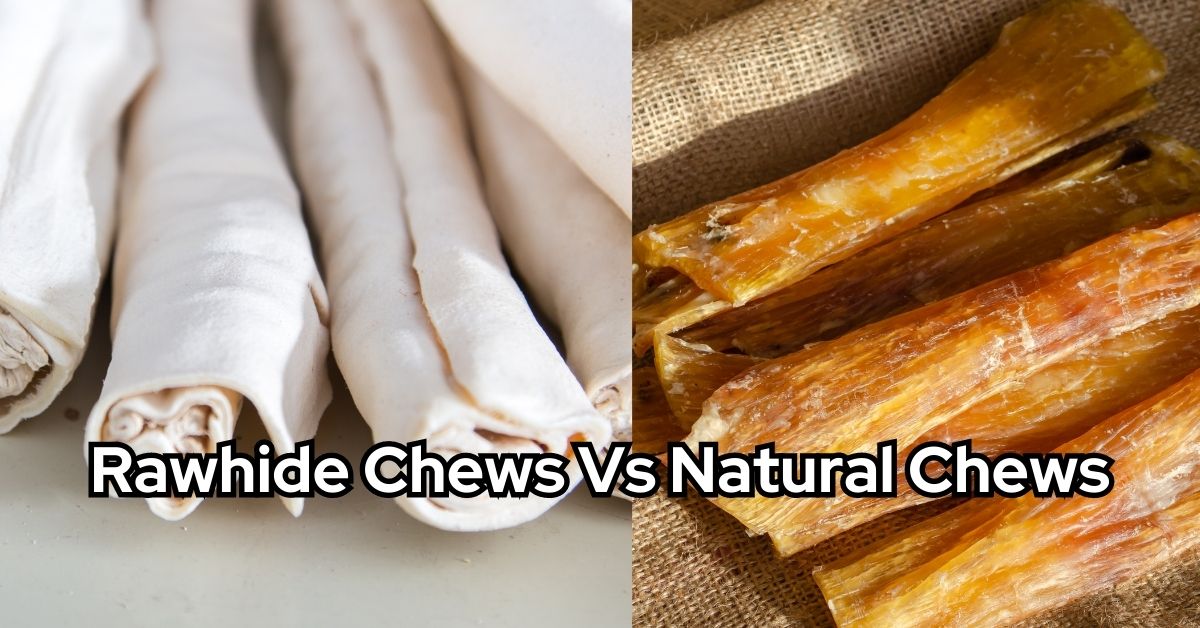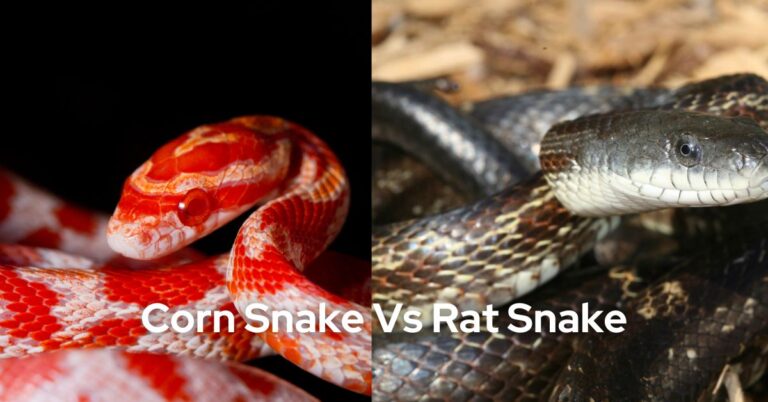What are Rawhide Chews?

Rawhide Chews are naturally sourced, protein-packed dog treats manufactured from bovine hides. They are designed as long-lasting chews for canines with stronger teeth or those with a hyperactive nature to keep them busy. Animal Hides refer to the pelt or skin of cows, bulls, buffaloes, or other large bovine that, instead of being discarded after their death, are preserved and used to make clothing, footwear, and other accessories.
The outer layer of the hide is tanned and used to make leather, while the internal layer is cooked, defatted, and ground to be converted into rawhide chews and other parts of animal feed. Rawhide chews are rich in amino acids, minerals, and Vitamin B. Sometimes bones are added during the manufacturing process, making them a source of phosphorus and protein. As a part of the chewstick design, they are flavored with chicken, beef, or liver to make them more appealing. They undergo several quality checks throughout the manufacturing process and before being packaged and dispensed to ensure their quality and safety.
Some of the chief benefits of rawhide chews are
- A practical option for dogs that are teething and prevents them from destroying furniture or other chewable accessories
- It keeps them busy for more extended periods
- It helps clean tartar and plaque off the canine’s teeth.
- It provides an outlet for dealing with stress.
Despite their numerous benefits, the fact remains that rawhide chews are rich in calories and can cause weight gain in your pet if consumed indiscriminately. A single rawhide treat is two inches by six inches in size and one-eighth of an inch thick and contains approximately 50-100 calories. A few chewstick manufacturing companies also add unhealthy artificial colorings that pose a health risk.
The chief risks associated with rawhide chews are
- It takes a longer time to digest
- Can pose choking hazards if swallowed incorrectly by the canine
- Can be fattening
- Are a source of Salmonella poisoning
- Can lead to intestinal blockage if consumed whole by the canine
A word about Natural Chews

Considering the risks associated with rawhide chews, several veterinary specialists recommend natural chews as an alternative option for canine treats. Natural chews are healthier, gluten-free, and grain-free chewable for dogs that don’t contain coloring or additives. Instead of being made from hide, they are manufactured with consumable wastes like pig’s ears or chicken feet.
As a part of the manufacturing process, the natural ingredients are ground, and the mixture is removed from them to be converted into chewable treats. Natural chews contain elements from the disposable meat and bones of fish, lambs, rabbits, ducks, chickens, and turkeys. They preserve their nutrients to some extent despite undergoing extensive drying and preservation.
Some of the chief benefits of natural chews are
- Are a safe and healthy treat
- Have a soft bite
- Are easy to digest
- Don’t contain artificial colorings or additives
Natural chews are some of the best methods to keep your canine active and busy. At the same time, you need to ensure that your pet is not allergic to the ingredients and consumes them without showing signs of gastrointestinal problems, vomiting, itching, or hair loss tendency.
Here is a summary of the difference between rawhide and natural chews for dogs for simplicity
| Characteristics | Rawhide Chews | Natural Chews |
| Coloring | Added coloring | No added coloring |
| Additives | Preservatives and artificial flavorings used | No preservatives or artificial flavorings used |
| Health Benefits | Rich in vitamin B and proteins | Rich in antioxidants |
| Chief Ingredient | Hide of cattle | The skin of cattle, poultry, and fish |
| Shapes | Cylindrical shaped | Flat or roundish depending on the animal part used |
| Safety | Can lead to choking or digestion hazards | Safe for use |
| Suitable for | Canines with strong teeth | Canines with a soft mouth |
| Calories | Rich in calories | Moderate calories |
| Puppies | They may or may not use it depending on their breed | You can easily use it |
| Older dogs | Unsuitable for older dogs that have lost their teeth or chewing capacity | Suitable for older dogs |
| Number of chews daily | Not more than one daily | It can be consumed a few times weekly |
Which is the better option?
Considering the benefits and risks associated above, natural chews are a healthy alternative to rawhide chews and should be substituted in their diets and daily routine. But you should ensure that your canine isn’t allergic to chews or the ingredients used in them or doesn’t choke on them unknowingly.
Other than animal-based natural chews, plant-based chews like carrots, coconut, and broccoli can be used occasionally.







